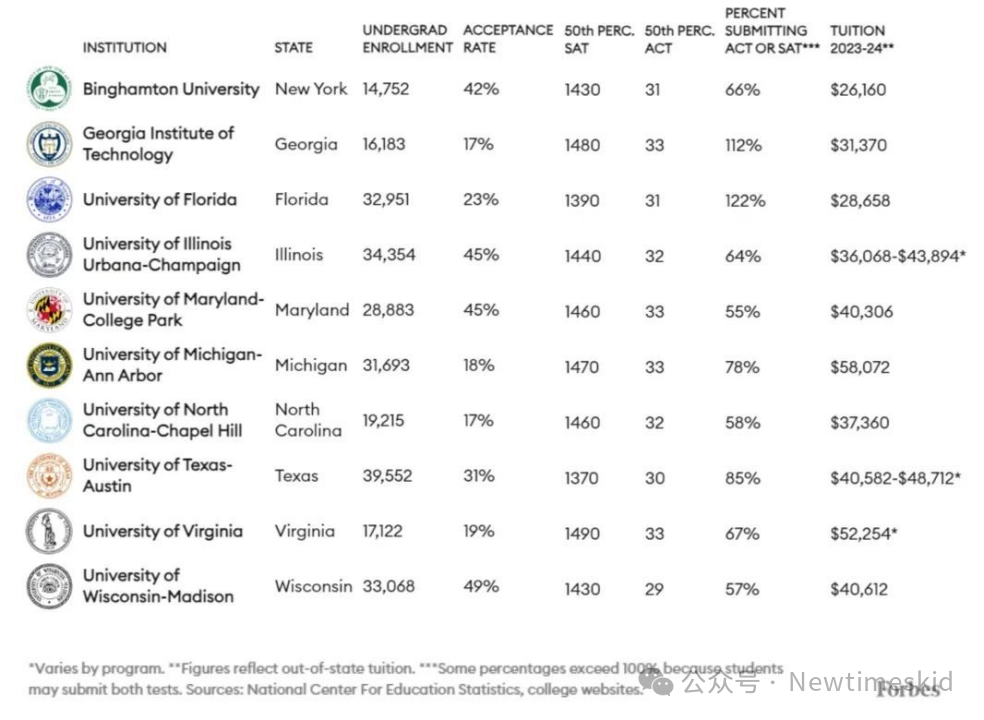接觸到熱力學(Thermal physics),會(hui) 從(cong) 微觀粒子(particles或molecules)的角度來解釋物質的溫度、壓強、動能、勢能等問題。學生們(men) 會(hui) 覺得微觀的部分不太好理解,知識點可以理解,落實到練習(xi) 題,仍然會(hui) 有下不了手的感覺。
今天我們(men) 整理並分享幾道ideal gas(理想氣體(ti) )相關(guan) 的簡答題。通過這幾題輔助大家思考一下理論知識點和考題的聯係。
試題來源:CAIE A Level物理(9702)近年真題
問題1:What is meant by an ideal gas.
解析:
這是一道基礎的定義(yi) 題,解釋什麽(me) 是ideal gas。
簡單來說隻要符合ideal gas equation,pV / T = constant的,就叫理想氣體(ti) 。
不過要同時解釋清楚p、V和T分別代表哪些物理量。
答案:
gas obeys formula pV / T = constant
p is pressure
V is volume
T is kelvin temperature
問題2:An ideal gas is said to consist of molecules that are hard elastic identical spheres. State two further assumptions of the kinetic theory of gases.
解析:
問題要求寫(xie) 兩(liang) 點關(guan) 於(yu) kinetic theory of gas的假設。
假設一共有好多條,大致可以整理成6條,這幾條是後麵理解kinetic theory equation的推導和有關(guan) 理想氣體(ti) internal energy相關(guan) 問題的重要前提。
答案:
6選2,優(you) 先選擇前麵幾條答案。
total volume of molecules negligible compared to that of container
no intermolecular forces/ no forces between molecules (except during collisions)
molecules in random motion
all collisions involving molecules of the gas are elastic
time of collision small compared with the time between collisions
large number of molecules
問題3:One of the assumptions of the kinetic theory of gases is related to the volume of the atoms.
解析:
本題是由上述6條假設延伸出的問題,要求我們(men) 寫(xie) 有關(guan) 粒子體(ti) 積的那一條假設。
答案:
assumption: volume of atoms negligible compared to volume of container
問題4:ΔU = (+q) + (+w) 熱力學第一定律這幾個(ge) 字母所代表的含義(yi) 。
解析:
ΔU指的是內(nei) 能(internal energy)的變化,如果internal energy增加,那ΔU是正的;如果internal energy減少,那ΔU是負的。
q代表這個(ge) 係統吸收thermal energy或者釋放thermal energy。
w代表work done,做功,是對係統做功還是係統對外做功。
答案:
+ΔU : the increase or decrease in internal energy of the system
-ΔU : decrease in internal energy of the system
+q:thermal energy transfer to system
+ w:work done on system
問題5:State what is meant by the internal energy of a system.
解析:
Internal energy的定義(yi) ,指的是組成物質的particles所具有的動能和勢能的總和。
U=Σk.e.+Σp.e.
答案:
sum of potential energy and kinetic energy (of particles)
(total) energy of random motion of particles
問題6:By reference to intermolecular forces, explain why the change in internal energy of an ideal gas is equal to the change in total kinetic energy of its molecules.
解析:
通過討論分子間作用力來解釋內(nei) 能的變化=總動能的變化。
內(nei) 能公式:U=Σk.e.+Σp.e.;要想ΔU=ΔΣk.e.,那麽(me) Σp.e.必須等於(yu) 0
再結合kinetic theory of ideal gas的假設,粒子之間沒有分子間作用力,所以也沒有potential energy。
整理一下思路得到下麵答案。
答案:
(in ideal gas,) no intermolecular forces
no potential energy
so change in kinetic energy is change in internal energy
問題7:Use one of the assumptions of the kinetic theory of gases to explain why the potential energy of the molecules of an ideal gas is zero.
解析:
和問題6是類似的問題,答案隻需要寫(xie) 到potential energy=0就可以了。
答案:
no intermolecular forces (so no potential energy)
問題8:Explain why, for an ideal gas, the change in internal energy is directly proportional to the change in thermodynamic temperature of the gas.
解析:
這也是一道有關(guan) 內(nei) 能公式的延伸問題。
解釋ΔU和熱力學溫度成正比,而溫度和k.e.成正比,也就是ΔU和k.e.成正比,那麽(me) 就回到了問題6。
自然就得到下麵的答案。
答案:
(in ideal gas) no intermolecular forces so no potential energy
internal energy is (solely) sum of kinetic energy (of particles)
(mean) kinetic energy (of particles) proportional to (thermodynamic) temperature of gas














評論已經被關(guan) 閉。